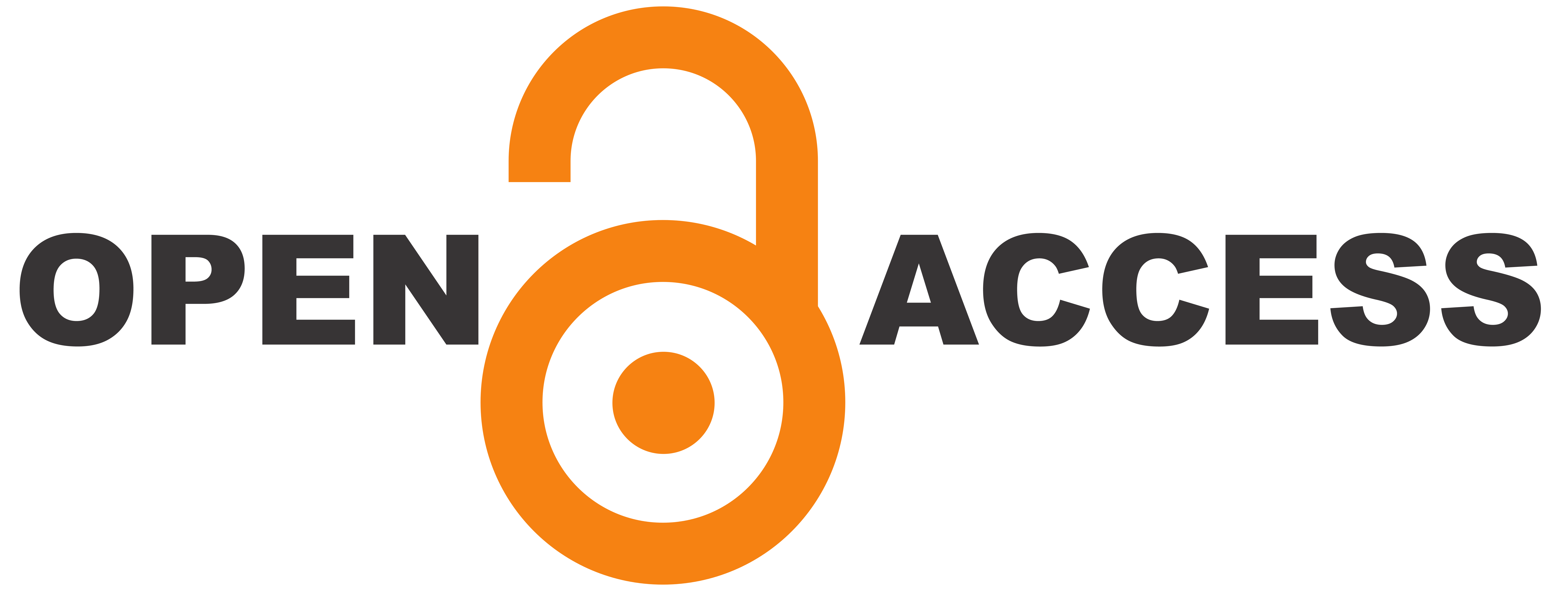Analysis of the Problems Occurred Due To Partial Shading of Solar Photovoltaic Array and Probable Solutions
Abstract
Keywords
Full Text:
PDFReferences
V. P. Deshpande and S. B. Bodkhe, “Analysis of Various Connection Configuration of Photovoltaic Module under Different Shading Conditions”, International Journal of Applied Engineering Research, Vol. 12, Issue 16, 2017, pp. 5715-5720. Retrieved from https://www.ripublication.com/ijear17/ijear12n16_42.pdf
H. Samet, S. Kolsi and M. Ben Amar, “Design Analysis of Photovoltaic Generators Controlled by MPPT for Optimal Energy Transfer throughout a clear day”, Journal of Power and Energy Engineering, Vol. 2, Issue 1, 2014, pp. 27-34. Doi: 10.4236/jpee.2014.21004
S. Sharma, K. K. Jain and A. Sharma, “Solar Cells: In Research and Applications- A Review”, Scientific Research, Vol. 6, Issue 12, 2015, pp. 1145-1155. Doi: http://dx.doi.org/10.4236/msa.2015.612113
S. P. Sukhatme, Solar Energy, Principles of Thermal collection and Storage, 2nd edition, Tata McGraw-Hill Education, Delhi, 1996.
M. Boxwell, Solar Electricity Handbook, Greenstream Publishing, Kolkata, 2012.
C. Saravanan, M. A. Panneerselvam and I. W. Chirstopher, “A Novel Low Cost Automatic Solar Tracking System”, International Journal of Computer Applications, Vol. 31, Issue 9, October 2011, pp. 62-67. Retrieved from https://pdfs.semanticscholar.org/e69c/13d5f9d5c0ed75d066adf25d7962623c9b24.pdf
E. F. A. Al-Showany, “The Impact of the Environmental Condition on the Performance of the Photovoltaic Cell”, American Journal of Energy Engineering, Vol. 4, Issue 1, pp. 1-7, 2016. Doi: 10.11648/j.ajee.2016401.11
D. S Rajput and K. Sundhakar, “Effect of Dust on the Performance of Solar PV Panel”, International Journal of ChemTech Research, Vol. 5, Issue 2, 2013, pp. 1083-1086. Retrieved from http://sphinxsai.com/2013/conf/PDFS%20ICGSEE%202013/CT=77(1083-1086)ICGSEE.pdf
S. Dubey, J. Narotam Sarvaiya and B. Seshadri, “Temperature Dependent PV Efficiency and its Effect on PV Production in the World- A Review”, Energy Procedia, Vol. 33, 2013, pp. 311-321. Retrieved from https://dio.org/10.1016/j.egypro.2013.05.072
C. U. Ike, “The Effect of Temperature on the Performance of a PV Solar System in Eastern Nigeria”, International Journal of Engineering and Science, Vol. 3, Issue 12, 2013, pp. 10-14. Retrieved from researchinventy.com/papers/v3i12/C0312010014.pdf
Copyright (c) 2019 Author and Journal (AJEEE)

This work is licensed under a Creative Commons Attribution 4.0 International License.
- Download the AJEEE paper template and submit your paper at the PAPER SUBMISSION page.
ADBU Journal of Electrical and Electronics Engineering (AJEEE) - ISSN: 2582-0257 is an International peer-reviewed Open-Access Online journal in the English language that publishes scientific articles which contribute new novel experimentation and theoretical work in all areas of Electrical and Electronics Engineering and its applications. |
* The views, interpretations and opinions expressed in the articles are those of the author(s) and should not be considered to reflect the opinions of the Editorial Board of this journal- AJEEE.
 | This Journal is published under the Creative Commons Attribution 4.0 International License (CC-BY). |





